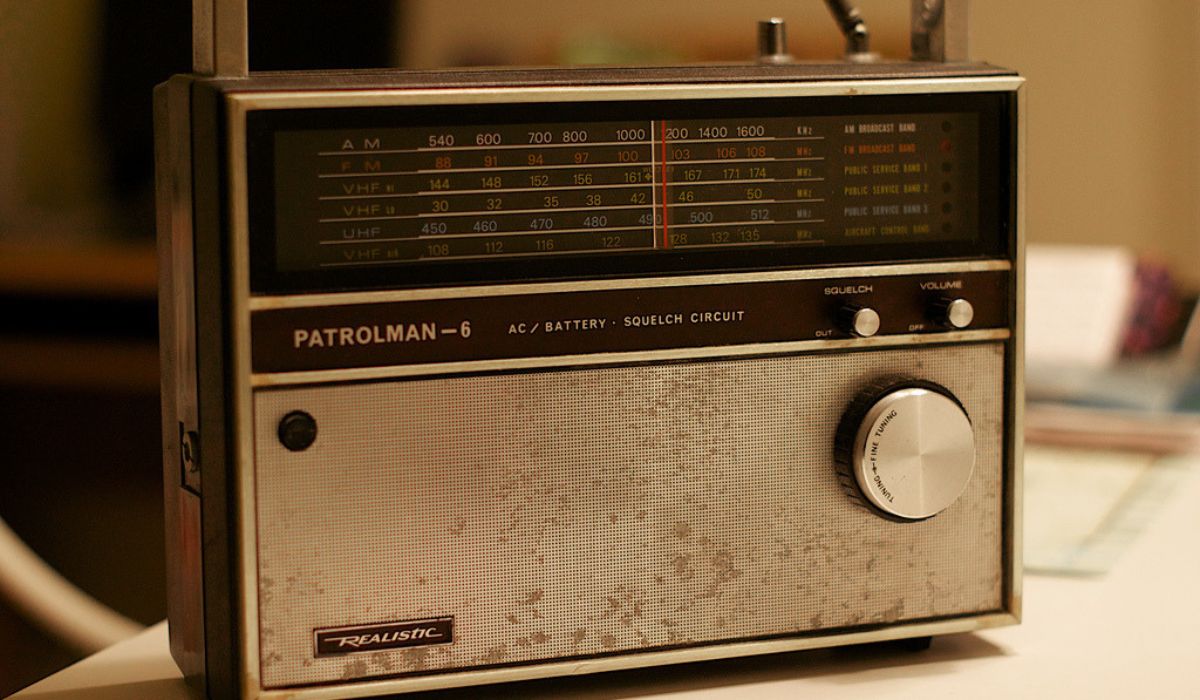Introduction
Understanding radio schematics is essential for anyone interested in electronics or communication. These schematics provide a roadmap for building and comprehending radio devices, allowing users to customize and optimize their listening experience. Among these, the CS227 stands out due to its unique features and solid performance. This article aims to provide a comprehensive understanding of the pros and cons of the radio schematic CS227, helping enthusiasts decide if this model is the right fit for them.
Understanding the CS227
Technical Specifications
The CS227 is known for its impressive technical specifications, making it appealing to both hobbyists and professionals. Some of its highlights include:
- Frequency Range: The CS227 operates over a wide frequency range, allowing effective reception of various signals.
- Power Output: It delivers adequate power output, ensuring efficient signal transmission.
- Sensitivity: The high sensitivity of the CS227 ensures it can pick up weak signals, which is crucial for areas with limited reception.
- Modulation Types: This schematic supports different types of modulation, providing flexibility in audio transmission.
- Antenna Compatibility: It is compatible with a variety of antennas, allowing users to optimize their setup based on their needs.
Key Features
The CS227 also includes unique features that set it apart from other schematics:
- Unique Components: It employs innovative circuits that enhance its overall performance.
- Special Functionalities: Some versions of the CS227 offer functionalities like noise filters, improving sound quality.
Pros of the CS227
Performance
One of the major advantages of the CS227 is its performance:
- Exceptional Reception Quality: Users often praise its reception quality, allowing them to listen to even the weakest stations.
- Strong Transmission Power: Its ability to transmit strong signals ensures that listeners have a clear and uninterrupted audio experience.
- Clear Audio Output: The CS227 delivers crisp sound, making it an excellent choice for critical listening.
Versatility
The CS227 adapts to various applications:
- Adaptability: Its design allows it to function in different environments, from home use to field situations.
- Accessory Compatibility: It can easily connect to a variety of accessories, including external speakers and microphones.
Reliability
Durability is another strong point of the CS227:
- Durable Construction: It is designed to withstand prolonged use and adverse environmental conditions.
- Minimal Maintenance Requirements: Its robust design means it does not require much upkeep, which is ideal for busy users.
Cost-effectiveness
The CS227 is also affordable:
- Affordable Pricing: Compared to similar models, the CS227 offers excellent value for money.
- Good Value: The features and performance it provides justify its cost.
Cons of the CS227
Complexity
Despite its many benefits, the CS227 does present some downsides:
- Complexity: For beginners, building or modifying the CS227 can be challenging. Its technical design may be intimidating.
- Advanced Technical Knowledge Required: Users need a certain level of technical expertise to fully utilize its capabilities.
Limitations
The CS227 does have some limitations:
- Specific Drawbacks: While it is a great device, it may not be the best for every application, especially in situations requiring an extremely wide frequency range.
- Underperformance in Certain Areas: In specific environments, its performance might not be optimal.
Compatibility Issues
Some users may experience compatibility problems:
- Potential Conflicts: There can be incompatibilities with certain devices or environments, which may limit its usability.
Maintenance
Maintenance for the CS227 can be more demanding:
- More Demanding Maintenance Needs: Compared to simpler models, the CS227 may require more regular attention, which can be a drawback for some users.
Comparison with Other Schematics
Direct Comparison
To better understand the CS227, it’s useful to compare it with other popular schematics on the market. For example, when compared to the ABC123:
- Reception: The CS227 offers better reception at specific frequencies, while the ABC123 may be more versatile in others.
- Features: The ABC123 has more integrated functions, but the CS227 provides superior audio quality.
Pros and Cons
Each model has its strengths and weaknesses. Here are some key points:
- CS227:
- Pros: Excellent audio quality, durability, cost-effectiveness.
- Cons: Complexity in construction, more demanding maintenance.
- ABC123:
- Pros: Easy to build, more integrated functions.
- Cons: Inferior audio quality, less durable.
Recommendations Based on Specific Needs
For those seeking a superior listening experience and willing to invest time in learning, the CS227 is ideal. However, those who prefer simplicity and ease of use may benefit more from the ABC123.
YOU MAY ALSO LIKE: XG-A Battery: Essential Guide for Minolta Users
Conclusion
The CS227 stands out as a radio schematic with unique features and solid performance, making it ideal for enthusiasts seeking quality and versatility. However, it is crucial to consider both the pros and cons of the radio schematic CS227 before making a decision. For those with the technical knowledge and willingness to tackle its complexities, the CS227 can be a valuable investment.
FAQs
What is the CS227?
The CS227 is a radio schematic that offers advanced features, ideal for electronics enthusiasts.
What are the advantages of the CS227?
It provides excellent audio quality, durability, and a good value for money.
Is the CS227 easy to build?
No, it can be complex for beginners and requires advanced technical knowledge.
What are the limitations of the CS227?
It has construction challenges, more demanding maintenance, and potential compatibility issues.
How does the CS227 compare to other radio schematics?
The CS227 offers better audio quality, while other schematics may be easier to use.





